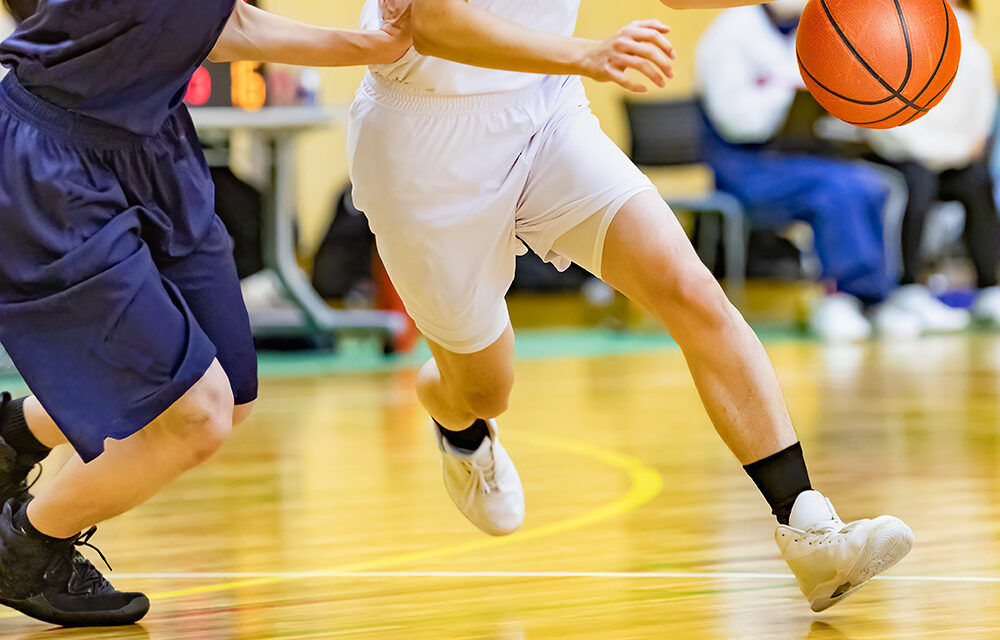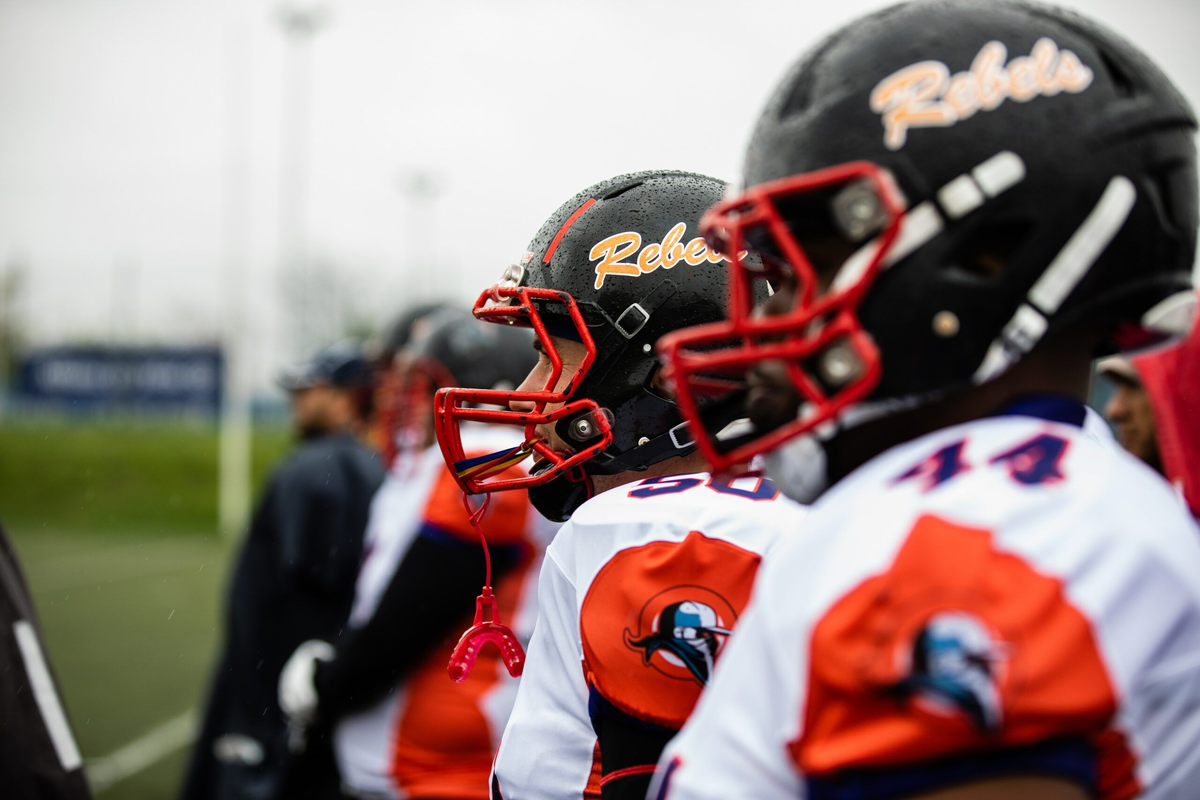College campuses are vibrant with energy as student-athletes compete for their schools, sparking renewed debates on whether these athletes should be compensated for their efforts. College sports demand immense dedication, often equating to a full-time job, leaving athletes with little time for other pursuits. This has raised questions about whether their hard work warrants payment, adding complexity to the discussion of balancing athletics and education.
Opinions on paying college athletes are deeply divided. Some argue that compensation could undermine the authenticity of college sports, which are celebrated for athletes’ passion and dedication. On the other hand, the introduction of Name, Image, and Likeness (NIL) deals since 2021 allows athletes to earn money through endorsements and other ventures, offering a middle ground in the ongoing debate.
Critics worry that paying athletes could shift focus from academics, jeopardizing the educational goals of college. Scholarships are already considered a form of compensation, and financial inequalities between schools might affect recruitment. Furthermore, most college athletes do not pursue professional careers, highlighting the importance of their education as a long-term investment.

Proponents of paying athletes emphasize the significant demands placed on them. With limited time for part-time jobs, compensation could ease financial burdens, especially for athletes from less affluent backgrounds. Additionally, the physical risks involved in sports justify financial support for potential medical expenses. Surveys indicate growing public support for direct compensation, with many experts asserting that paying athletes is both inevitable and justifiable.
NIL deals represent a significant shift in how athletes can capitalize on their talents. These agreements allow players to earn through endorsements, social media, and promotional work, creating new opportunities without disrupting the structure of college athletics entirely. However, disparities in earnings and the potential impact on team dynamics remain concerns.
Ultimately, the debate reflects broader questions about fairness, recognition, and priorities in college sports. While compensating athletes might validate their contributions and address financial challenges, it also raises complex issues about the purpose of collegiate athletics. As the conversation evolves, finding a balance that respects both the spirit of amateur sports and the realities of modern college athletics will be critical.
